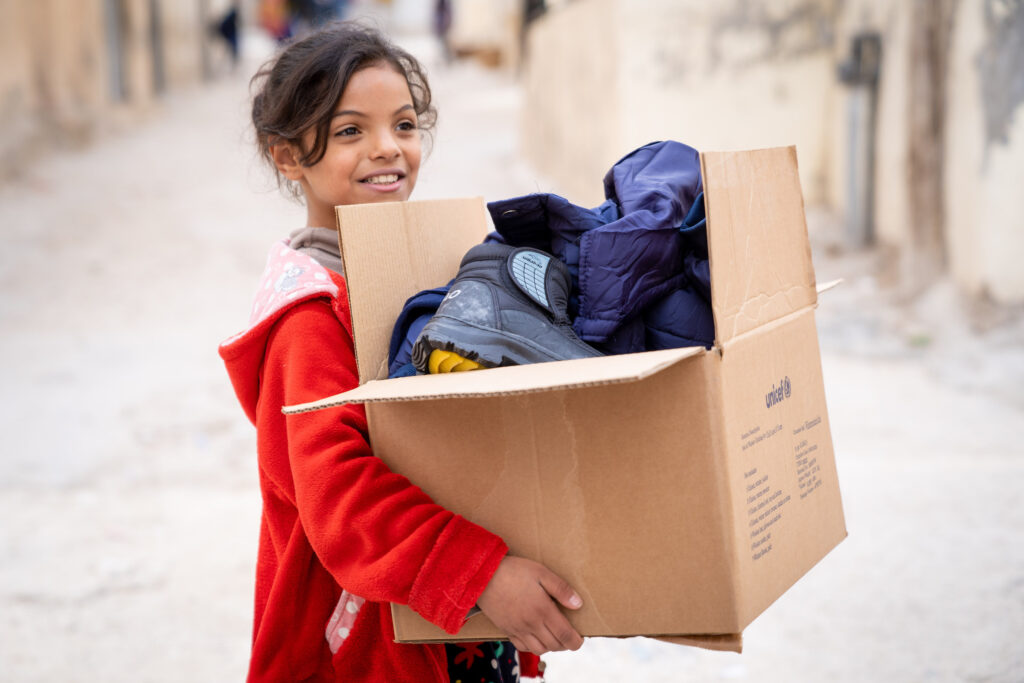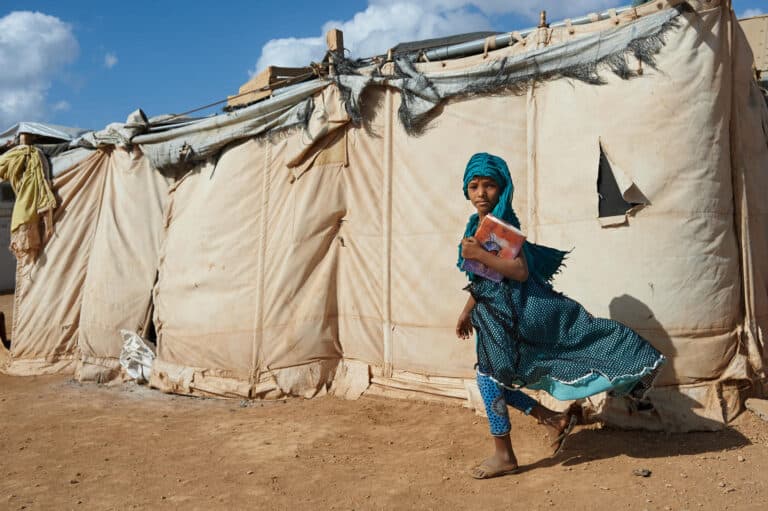Imagine packing for a trip. You don’t know what the weather will be, so it’s difficult to know whether you’ll need warm clothes and rainboots or light clothes and sandals. If you have a large suitcase, it’s easy to throw in both and prepare for all the possibilities. With a small suitcase though, the items you pick matter much more. Mistakes are costlier, so it’s crucial to make the right choices.*
This is just the challenge that UNICEF teams face when it comes to investing in data for children. We know we need data to produce results for children and we have many options available to add to our data suitcase. With unlimited resources, we could take more chances, packing a large suitcase with all the available options. With finite resources though, we’ve got to have a solid plan to make sure we’re investing in the most important data and systems.
For the past three years, UNICEF teams around the globe have been looking across their data landscapes to identify the most promising investments that would help us turn data into practical results for children. More than 20 offices have developed Data for Children Action Plans, choosing the best options for their specific needs and launching their plans. In Lesotho, for example, the team moved right from planning into action, adding more data technical assistance for government and piloting new ways of sharing data.
These plans have varied tremendously by context but have also included some common themes. The frequently found challenges (.pdf) identified in the plans have informed many new investments at a global level. From new guidance to practical support and increased staffing, we’re investing in the areas that can deliver the most impact for many contexts at once.
We’ve also used this experience to create new tools that can help every UNICEF team plan their own data investments. Ranging from a simple checklist to a comprehensive strategy process, the resources offer several ways to help teams decide how to expend their data resources most efficiently.
While designed with UNICEF in mind, the tools are also readily adaptable for government counterparts, other UN agencies, or NGO teams that are interested in making smarter data investments. When it comes to packing our data suitcase, we’re all better off if everyone is dressed correctly for the weather ahead.
Have you developed a data action plan (using our tools or your own)? We’d love to learn more about your experience. Please get in touch with us at [email protected].
*This remarkably pliable analogy is adapted from the book Scarcity: Why Having Too Little Means So Much, by Eldar Shafir and Sendhil Mullainathan. It’s a great read for anyone interested in how people make choices with too little time and money.



